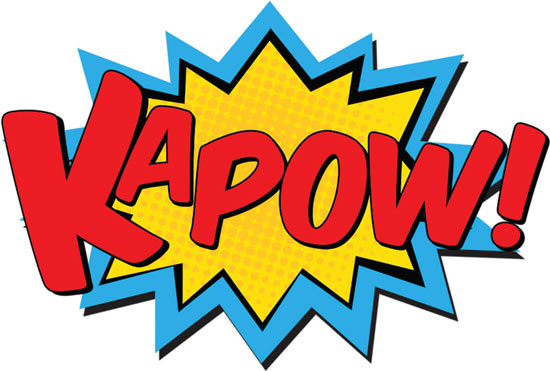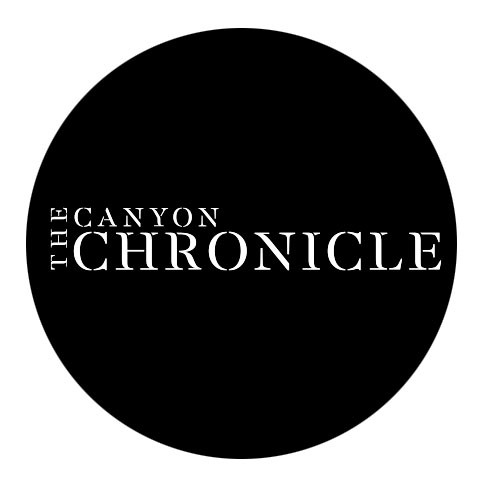Word Power 101
Folks throw a lot of bewildering words around these days, so here is a vocabulary lesson covering terms of cellular and internet technologies so you know what the heck people are talking about.
G Stands for Generation.
We have moved from 1stG to 5thG technology in cellular wireless networks. Each jump brought higher speeds and wider bandwidth that allowed more data (sound, text and images) to flow through the networks at faster and faster speeds. We went from just hearing sound in 1G to email messaging, web browsing and web cameras in 2G. 3G was faster, more secure and added high-speed web, video conferencing and TV streaming. 4G upped the speed and capacity of wireless technology exponentially, and 5G is approximately 10 times faster than 4G and offers much more band width, which is important in the new world of the IOT (Internet of Things) with which, for example, you can turn on your sprinklers in Topanga or check on your dog through your home web cams even if you are on the other side of the world.
Web 1.0 and 2.0
First off, letâs differentiate between the Internet and the Web. They are not the same thing. The Internet is a series of interconnected computer systems and the wires, transmitters and receivers that data travel on. The Web, of which there are now several versions, includes the sites and pages we visit when we are online. Essentially, the Internet is the highway and the Web(sites) are the places we visit on the highway.
Web 1.0 lasted from about 1991 to 2004. During that time content creators (the people who create and post pages and websites) were fairly scarce. There was a small number of people creating content for a large group of people. Web 1.0 was pretty much a âread onlyâ set up. According to nft.com, the most frequent Web 1.0 activities were searching for information about a company or product, creating wikis (a collaborative website whose content can be edited by anyone who has access to it), emails, chat, message boards, and pornography.
Web 2.0 has been a much more interactive version of connectivity. Daniel Nations, writing for Lifewire.com, explains Web. 2.0 as âthe second stage of internet development that involves the evolution from basic, static web pages to increasingly dynamic pages with user-generated content. It includes the growth of social media as an important type of internet communication.â Britannica is typical of a Web 1.0 site. You look up information, and thatâs it. Compare Britannica with Wikipedia, where users can collaborate, challenge, even re-write information on the site. Web 2.0 encouraged creators to build dynamic, interactive sites.
The much more social Web 2.0 has transformed our social connections and our business practices. Lifewire.com notes, âWeâre all connected with other people who can put anything they want online that they want to share. We do this in the form of social media platforms like blogs (Tumblr, WordPress), social networks (Facebook and Instagram), social news sites (Digg and Reddit), and wikis (My favorite wiki is Wikileaks). The common theme of each of these websites is human interaction. On blogs, we post comments. On social networks, we make friends. On social news, we vote for articles. And, on wikis, we share information.â
Web 3.0
Web 3.0 is an extension of Web 2.0 that makes data âmachine readable.â It gives computers tools to find, exchange and interpret data and make decisions by themselves based on that information. An example is the personalized advertisements you see on your favorite websites or the news headlines that are filtered to match what the machines think fit your proclivities.
In Web 3.0, computers read metadata on the content of a web page. Metadata is information that computers can understand about the content of that page. In Web 2.0, an image on a page could not be interpreted as anything but an image. In Web 3.0, or the Semantic Web, metadata attached to the image provides information about what is in the image such as âthis is an image of a dog and a woman,â where the image originated, what time it originated, what device it originated from, even recognizing the meaning of relationships in the image allowing the machines to make much more âhumanâ decisions. Viva la difference!
Now, donât get Web 3.0 mixed up with Web3. Web3, which I love, is a decentralized system that uses blockchain technology. It removes the dominant power of centralized technology giants like Facebook, Google, Amazon, etc., and gives enormous power back to the user in terms of privacy and freedom of expression. That is another column.
Now, Your Vocabulary is Up to Date
In 1999, Sir Tim Berners-Lee, founder of the World Wide Web, said, âI have a dream for the web in which computers become capable of analyzing all the data on the webâthe content, links and transactions between people and computersâa âSemantic Webâ that makes this possible has yet to emerge, but when it does, the day-to-day mechanisms of trade, bureaucracy and our daily lives will be handled by machines talking to machines. The intelligent agents people have touted for ages will finally materialize.â Dreams do come true, Sir Timmy.
Now, letâs get out there and throw terms around with the best of âem!
Thank you to Rama Kingston for helping create this article.
Vamos a ver!











